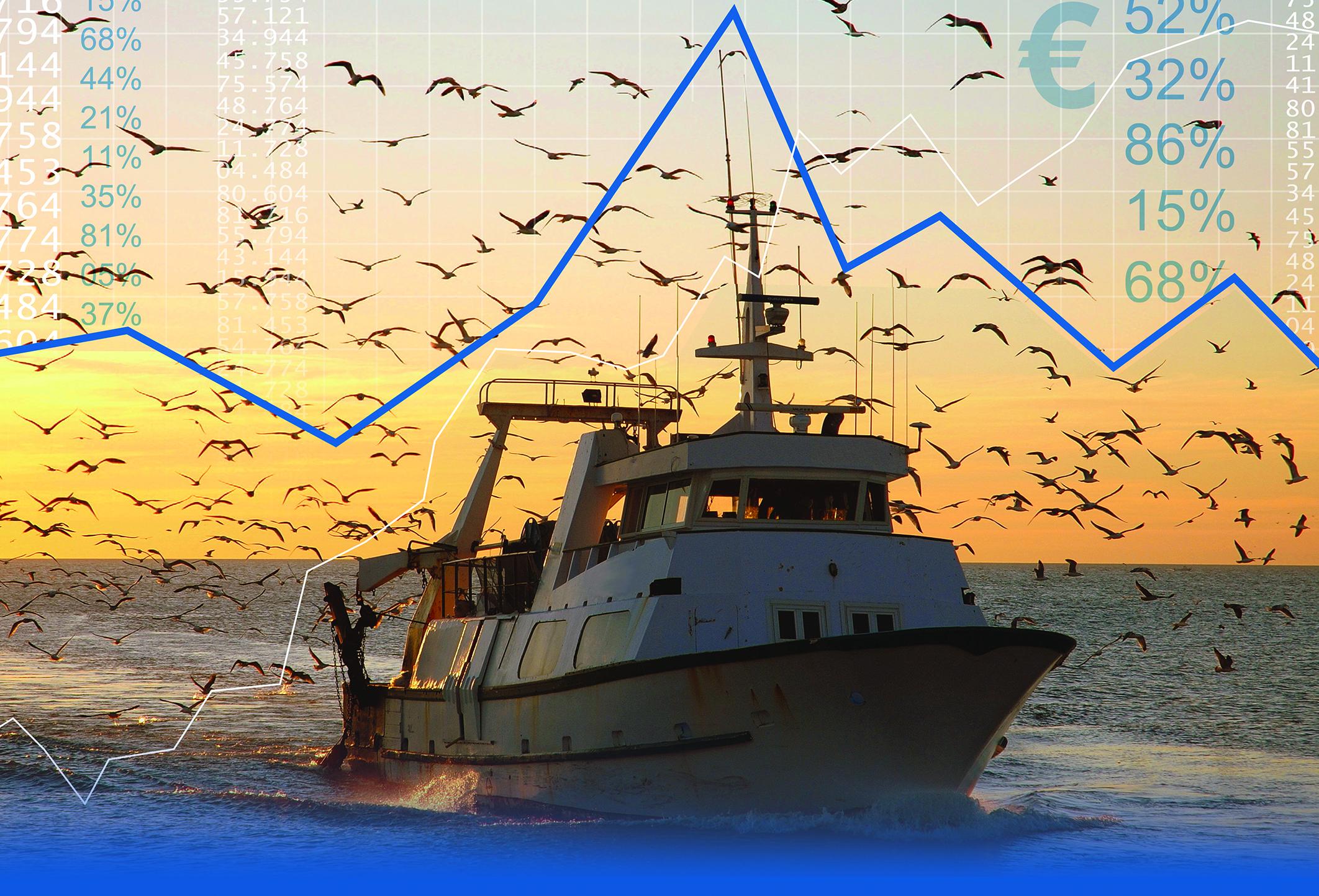News Digest n.3 / 2023
UN delegates reach historic agreement on protecting marine biodiversity in international waters
The United Nations has agreed to place 30 percent of the seas into protected by 2030 areas to help restore marine ecosystems in the new High Seas Treaty. After almost two decades in the making, UN member states finally agreed on a treaty to protect the high seas. The treaty will increase the total ocean area under international protection, helping to safeguard marine life from overfishing and shipping traffic. It will also help countries coordinate climate change mitigation efforts. The European Union pledged 40 million € in New York to facilitate the ratification of the treaty and its early implementation.
Norway’s seafood exports up in value, down in volume
The impressive start to the New Year for Norway’s seafood exports continued during February, the latest figures show, with values rising despite a fall in volume. In value terms, seafood exports rose by 14% to NOK 12.8bn (just over £1bn) with salmon again the main driver. But overall volumes were down by 17% to 207,000 tonnes, and the rise in value has been attributed to foreign exchange factors. The country’s salmon farmers exported 81,645 tonnes worth NOK 8.8 bn (£704m). Thanks to continuing high prices, the value increased by NOK 1.2bn (£95m), but the volume was down by 8%.
Shining a light on Sardinia’s aquaculture challenges
Shining a light on Sardinia’s aquaculture challenges Shining a light on Sardinia’s aquaculture challenges The three-day workshop, led by Drs Andrew Desbois (Institute of Aquaculture, University of Stirling) and Stefano Carboni (International Marine Centre), brought together 20 leading researchers at the IMC’s headquarters in Oristano, with a view to creating a research roadmap for the development of Sardinian aquaculture. Researchers met in early February at a workshop to identify and prioritise the challenges and research needs for aquaculture development on the Mediterranean island. The workshop kicked off with an outline of aquaculture activities in Sardinia and Italy, followed by a session dedicated to hearing first-hand some of the challenges facing fish and shellfish farmers on the island.
New research reveals 12 ways aquaculture can benefit the environment
Aquaculture, or the farming of aquatic plants and animals, contributes to biodiversity and habitat loss in freshwater and marine ecosystems globally, but when used wisely, it can also be part of the solution, new research shows. University of Melbourne researchers have identified 12 potential ecological benefits of aquaculture. These include species recovery, habitat restoration, rehabilitation and protection, and removal of overabundant species. Researchers say that as aquaculture expands in freshwaters and the ocean, there’s an opportunity to avoid the mistakes people have made farming on land that have led to habitat and biodiversity loss.
EU Mission ‘Restore our Ocean and Waters’: 20 new projects to restore our blue Planet by 2030
The EU Mission 'Restore our Ocean and Waters' aims to protect and restore the health of our ocean and waters through research and innovation, citizen engagement and investments in the blue economy. 20 multinational projects will receive over €117 million to contribute to the objectives of the EU Mission ‘Restore our Ocean and waters’: protect and restore biodiversity, cut pollution, support a sustainable blue economy. The projects have recently signed their grant agreements with the Commission and can therefore start their activities.
The EU-funded FRESQO project has developed a prototype for a revolutionary automated tool that can improve quality control process, and so help to guarantee fresh fish. Supported by the European Maritime and Fisheries Fund, the FRESQO project developed a revolutionary monitoring solution that quantifies the freshness of seafood. This promises to be a big help to the industry’s increasing need to be more responsive to food quality and food safety concerns. The researchers have developed a portable tool that uses cutting-edge imaging sensors and artificial intelligence to quickly check the quality without the need to be in direct contact with the fish. It automatically recognises the freshness of the fish.
